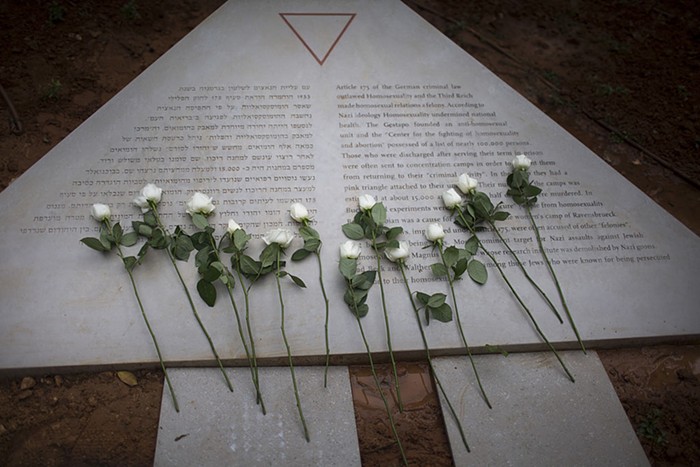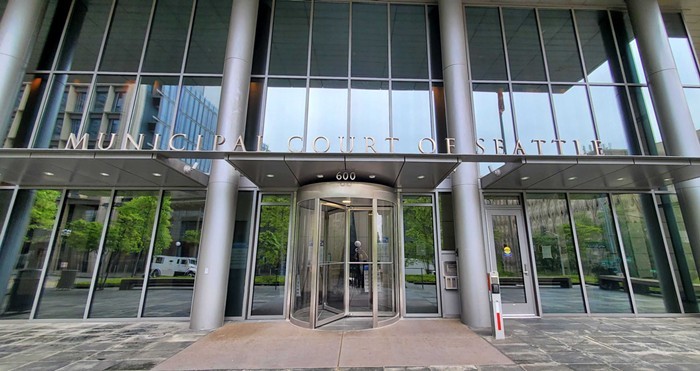
About two weeks ago, Anchorage, Alaska was shaking, rattling, and rolling to the beat of a 6.7 magnitude earthquake, plus thousands of aftershocks. There were zero injuries, zero fatalities, and the Alaska Department of Transportation and Public Facilities managed to repair roadways of splintered concrete in just five days.
"We do not want people to look at the commendable job Alaska did and assume all roads in Washington and Seattle would be open and ready for use in five days following an earthquake," Barbara LaBoe, from Washington State Department of Transportation Communications clarified.
As we all know, Washington is bating its breath and twiddling its thumbs waiting for the Big One to rip open the earth wide enough so we all die in one, satisfying sweep. Unfortunately for that plan, WSDOT and other state agencies are ready to jump into action after the S waves stop rolling. But, it's a bit more complicated down south than in Alaska.
"Given the number of bridges we have, and the number of people—we have a much more dense population than Alaska (Anchorage has 300,000 people spread out across an area bigger than Rhode Island.) That’s going to pose some extra challenges," LaBoe said. "Seattle has older buildings that weren’t built up to the earthquake standards; Alaska was built up to those standards."
After an earthquake, the WSDOT team will fan out and report and assess the damage. Then, they prioritize repairs based on need. Debris may fall from some of those old, crumbly buildings, bridges may not be safe to go on, and getting emergency vehicles on the road will be a high priority.
In California, the land of earthquakes (even though Alaska has the most earthquakes out of any U.S. state), they've automated the process.
CalTrans—California's WSDOT—found that in the past, response teams had trouble "setting priorities" for repairs in the immediate aftermath of an earthquake because "they lacked precise information about where the worst shaking and, most likely, the greatest damage had occurred." So, CalTrans developed a web application that would do that work for them. It's called ShakeCast and it… does a lot.
From CalTrans:
ShakeCast is a web-based application that automatically retrieves measured earthquake shaking data, analyzes it against individual bridge performance characteristics, and generates inspection prioritization emails and other web-based products for emergency responders within minutes of an event.
WSDOT uses ShakeCast, as well to prioritize bridge, ferry, and facility damage for inspection. They also have an extensive traffic camera system and roadways with sensors—but those may be damaged in a quake. They also have drones and planes to observe damage from the air. WSDOT engineers will still fan out to each bridge and do initial surveys—they did a drill this summer that involved bridges and troll dolls.
Still, WSDOT is working hard to prepare for our Inevitable Doom and make it not-quite-so inevitable. The new bridges—including the new State Route 99 Tunnel—are all built with the most earthquake-safe technology and WSDOT is retrofitting old bridges. The key is building them so they don't collapse, LaBoe said. A little damage is okay. Collapsing? That's a bitch. (LaBoe didn't say that part.)
An earthquake is going to come, the damage is going to happen, and no one can accurately, 100 percent, predict what that will look like. What Washington residents can do is get an earthquake kit and have two weeks worth of supplies in there.
"We don’t want Washington to get complacent," LaBoe said. "Alaska is doing an amazing job and we were all quite impressed with how they handled a significant earthquake. But, they still have a lot of damage. Some schools," including the one LaBoe attended in elementary school, "aren't opening for the rest of the school year."
A previous version of this story stated that WSDOT does not use ShakeCast. They do.


















